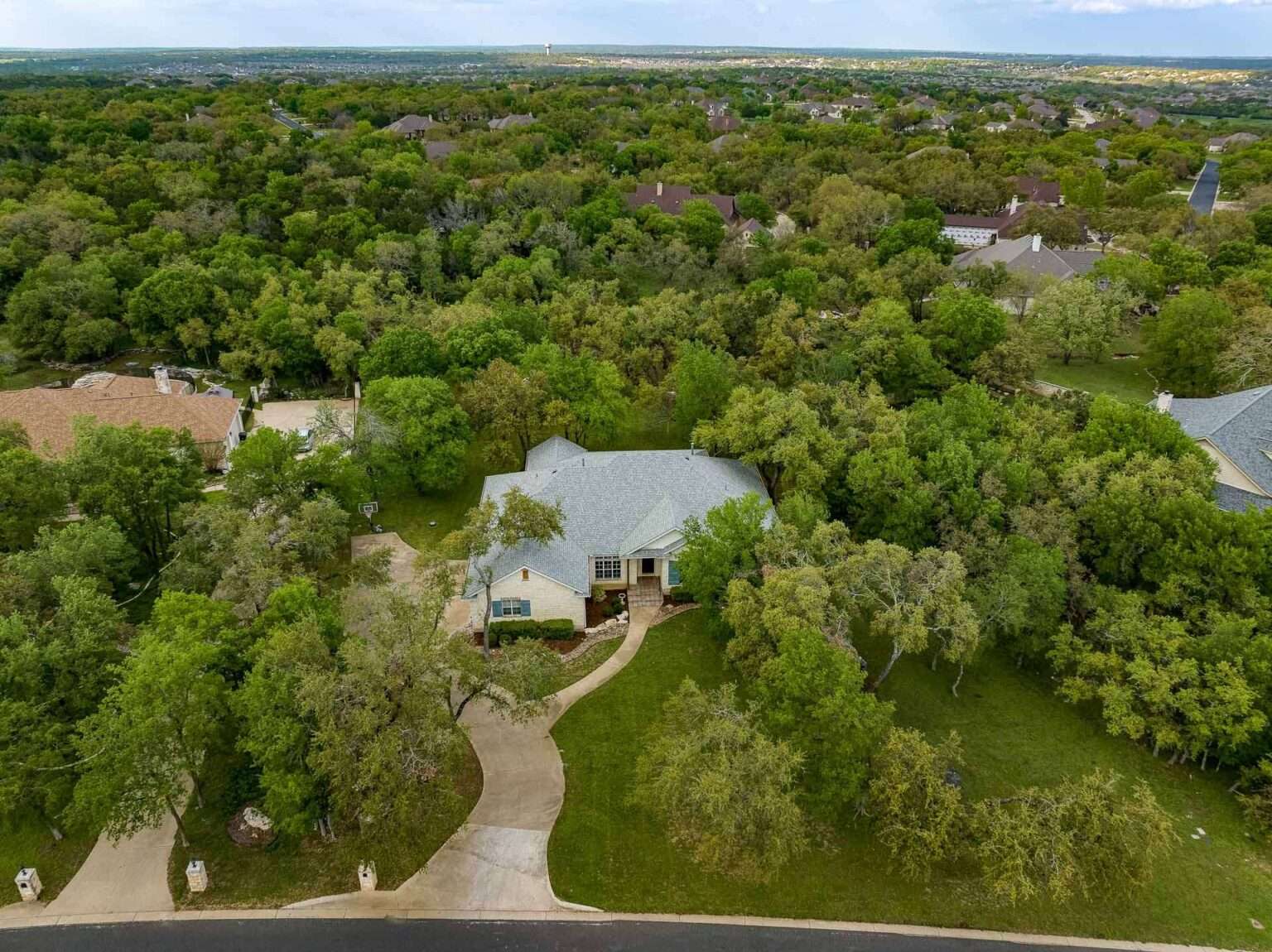In recent years, the field of videography has undergone a revolution with the advent and widespread adoption of drones. These unmanned aerial vehicles (UAVs), equipped with high-definition cameras, have unlocked new creative possibilities in filmmaking and videography. Aerial videography, in particular, has emerged as a powerful tool for capturing breathtaking perspectives from above, transforming how we see and experience the world around us.
Evolution of Aerial Videography
Aerial videography has a rich history rooted in aviation and photography. Early attempts at aerial photography date back to the mid-19th century when photographers strapped cameras to balloons or kites to capture images from above. These primitive methods laid the foundation for what would eventually become modern aerial videography.
The breakthrough came with the development of radio-controlled model aircraft in the mid-20th century, which allowed photographers and filmmakers to remotely capture images and footage from the air. However, it was not until the 21st century that aerial videography truly took off with the commercial availability of drones.
Technology Behind Aerial Videography
Modern drones used for aerial videography are equipped with advanced stabilization systems, GPS navigation, and high-resolution cameras capable of capturing stunning 4K or even 8K footage. These drones range from compact models suitable for hobbyists to sophisticated rigs designed for professional filmmakers.
Key components of a typical aerial videography setup include:
Drone: The UAV itself, which serves as the platform for carrying the camera and navigating through the air.
Camera: High-definition cameras mounted on gimbals to ensure stable footage even during aerial maneuvers.
Remote Controller: Allows the operator to control the drone’s flight path, camera angles, and other settings.
FPV (First Person View) System: Live video transmission to the ground, enabling real-time monitoring of footage.
Applications of Aerial Videography
The versatility of aerial videography has led to its widespread adoption across various industries and creative pursuits:
Film and Television Production: Aerial shots can provide dramatic opening sequences, sweeping landscapes, and dynamic chase scenes that add depth and scale to cinematic productions.
Real Estate and Architecture: Aerial footage offers unique perspectives for showcasing properties, construction progress, and architectural designs from an elevated viewpoint.
Tourism and Hospitality: Travel agencies, resorts, and tourist attractions use aerial videography to create compelling promotional videos that highlight scenic locations and amenities.
Environmental Monitoring: Researchers and conservationists utilize drones to survey wildlife, monitor ecosystems, and assess environmental changes without disturbing natural habitats.
Event Coverage: Drones are increasingly used to capture aerial views of sporting events, concerts, festivals, and weddings, providing immersive experiences for viewers.
Techniques and Best Practices
Achieving stunning aerial footage requires skillful piloting and knowledge of videography techniques:
Flight Planning: Careful planning of flight paths to ensure safety, compliance with regulations, and optimal camera angles.
Camera Settings: Adjusting camera settings such as exposure, shutter speed, and white balance to capture clear and balanced footage.
Composition: Applying principles of composition such as leading lines, framing, and perspective to create visually appealing shots.
Movement and Maneuvers: Mastering smooth transitions, dynamic movements (e.g., orbits, reveals, and tracking shots), and understanding how weather conditions can affect flight stability.
Legal and Safety Considerations
Operating drones for commercial or recreational purposes involves adherence to regulations and safety guidelines:
Regulatory Compliance: Familiarity with local aviation authorities’ regulations regarding drone registration, flight restrictions, and privacy laws.
Safety Protocols: Conducting pre-flight checks, maintaining line of sight with the drone, and avoiding crowded or restricted airspace to prevent accidents.
Insurance Coverage: Obtaining liability insurance to protect against potential damage or injury caused by drone operations.
Future Trends in Aerial Videography
As technology continues to advance, several trends are shaping the future of aerial videography:
Autonomous Flight: Integration of artificial intelligence and machine learning algorithms for autonomous drone navigation and automated filming techniques.
Enhanced Camera Technologies: Development of lighter, more powerful cameras with advanced imaging capabilities for capturing high-resolution aerial footage.
Virtual Reality (VR) and Augmented Reality (AR): Integration of aerial footage into immersive VR and AR experiences, offering viewers interactive and engaging perspectives.
Environmental and Industrial Applications: Expansion of drone use in environmental monitoring, agriculture, infrastructure inspection, and disaster response.
Conclusion
Aerial videography has revolutionized the art of filmmaking and visual storytelling, offering filmmakers, photographers, and content creators unparalleled creative freedom and the ability to capture perspectives that were once inaccessible. With continued technological advancements and evolving regulatory frameworks, the future of aerial videography holds limitless possibilities for innovation and exploration.
Whether used to document natural landscapes, enhance marketing campaigns, or provide critical insights into our environment, aerial videography continues to push the boundaries of visual expression and redefine our perception of the world from above.
